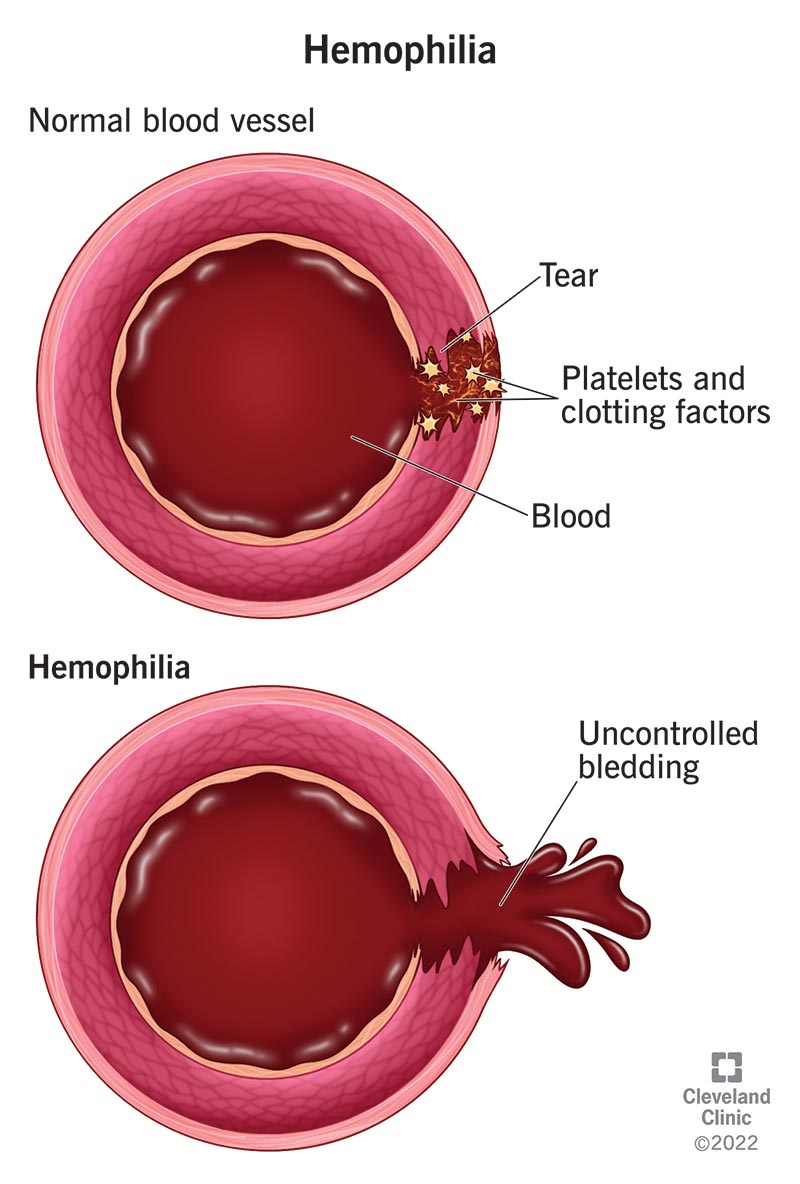A 45-year-old female patient presents with symptoms of tingling in the fingers, muscle cramps, and fatigue. Her laboratory results show low serum calcium, low parathyroid hormone (PTH) levels, and elevated serum phosphate levels. Based on these lab results, which of the following is the most likely diagnosis?
Primary hyperparathyroidism
Chronic kidney disease
Vitamin D deficiency
Hypoparathyroidism
The Correct Answer is D
Choice A Reason:
Primary hyperparathyroidism is characterized by elevated PTH levels, which lead to increased serum calcium levels and decreased serum phosphate levels. The patient’s lab results show low PTH and low serum calcium, which are not consistent with primary hyperparathyroidism.
Choice B Reason:
Chronic kidney disease (CKD) can cause disturbances in calcium and phosphate metabolism, but it typically presents with elevated PTH levels due to secondary hyperparathyroidism. The patient’s low PTH levels make CKD an unlikely diagnosis in this context.
Choice C Reason:
Vitamin D deficiency can lead to low serum calcium levels, but it usually results in elevated PTH levels as the body attempts to compensate for the low calcium. The patient’s low PTH levels do not align with a diagnosis of vitamin D deficiency.
Choice D Reason:
Hypoparathyroidism is characterized by low serum calcium, low PTH levels, and elevated serum phosphate levels. This condition occurs when the parathyroid glands do not produce enough PTH, leading to the observed lab results and symptoms such as tingling, muscle cramps, and fatigue. The patient’s lab results are consistent with hypoparathyroidism.
Nursing Test Bank
Naxlex Comprehensive Predictor Exams
Related Questions
Correct Answer is C
Explanation
Choice A Reason:
Preparing the patient for immediate surgical intervention is not the first-line treatment for hemophilia-related joint bleeding. Surgery is considered only if there is severe damage or if conservative measures fail. Initial management focuses on controlling bleeding and reducing inflammation.
Choice B Reason:
Administering aspirin for pain relief is contraindicated in patients with hemophilia. Aspirin inhibits platelet function and can exacerbate bleeding. Alternative pain management strategies that do not affect clotting should be used.
Choice C Reason:
Applying ice to the affected knee and elevating the leg is the most appropriate initial intervention. Ice helps to reduce swelling and pain, while elevation minimizes blood flow to the area, helping to control bleeding. This conservative approach is crucial in managing acute hemarthrosis in hemophilia patients.
Choice D Reason:
Performing passive range of motion exercises on the affected knee is not recommended during the acute phase of hemarthrosis. Movement can increase bleeding and worsen the condition. Rest and immobilization are preferred until the bleeding is controlled.

Correct Answer is A
Explanation
Choice A Reason:
Storing hearing aids in a dry, cool place when not in use is crucial for maintaining their functionality and longevity. Moisture and heat can damage the delicate electronic components of hearing aids. Using a dehumidifier specifically designed for hearing aids can help prevent moisture buildup and extend the life of the devices.
Choice B Reason:
Using cotton swabs to clean the interior components of the hearing aid is not recommended. Cotton swabs can push debris further into the hearing aid and potentially damage the internal components. Instead, specialized cleaning tools such as wax loops, brushes, and earmold tubing blowers should be used to clean hearing aids properly.
Choice C Reason:
It is not okay to wear hearing aids while showering or swimming. Most hearing aids are water-resistant but not waterproof. Exposure to water can damage the hearing aids and affect their performance. It is important to remove hearing aids before any activities involving water.
Choice D Reason:
Replacing the batteries of hearing aids once a month regardless of usage is not necessary. Battery life depends on the type of hearing aid, the battery size, and the amount of usage. It is more practical to replace the batteries when they are low or depleted, as indicated by the hearing aid’s low battery warning.
Whether you are a student looking to ace your exams or a practicing nurse seeking to enhance your expertise , our nursing education contents will empower you with the confidence and competence to make a difference in the lives of patients and become a respected leader in the healthcare field.
Visit Naxlex, invest in your future and unlock endless possibilities with our unparalleled nursing education contents today
Report Wrong Answer on the Current Question
Do you disagree with the answer? If yes, what is your expected answer? Explain.
Kindly be descriptive with the issue you are facing.
